Yoga Blog
Find Calm and Focus: Essential Breathing Meditation for Your Yoga Journey
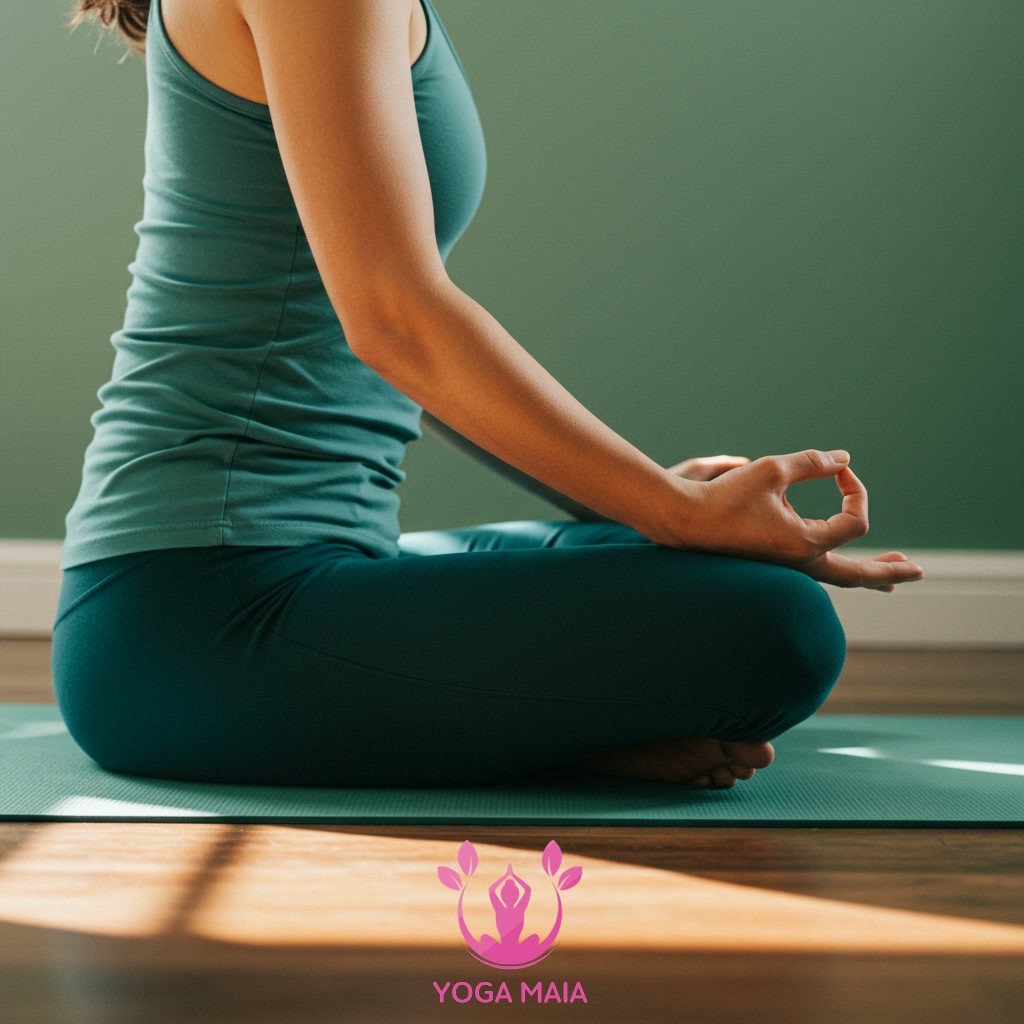
This content explores essential breathing meditation techniques designed to enhance your yoga practice. Discover how integrating mindful breathing can help you cultivate inner calm and sharpen your focus on your yoga journey. Learn simple yet powerful methods to deepen your connection to your breath and body during yoga sessions. These techniques are fundamental for achieving a state of relaxed awareness and presence on the mat. Embrace these tools to enrich your overall yoga experience.
Table of Contents
- Section 1: Understanding the Connection: Breathing, Meditation, and Yoga
- Section 2: The Foundation: Basic Principles of Breathing Meditation
- Section 3: Essential Breathing Techniques for Calm and Focus
- Section 4: Integrating Breathing Meditation into Your Yoga Practice
- Section 5: Experiencing the Benefits: Cultivating Calm and Enhancing Focus
- Section 6: Tips for Consistent Practice on Your Yoga Journey
Section 1: Understanding the Connection: Breathing, Meditation, and Yoga
Understanding the deep connection between breathing, meditation, and yoga is fundamental to enhancing your practice. At its core, yoga is not just physical postures; it’s a holistic discipline aiming for union – of body, mind, and spirit. The breath, or *prana*, is considered the life force and serves as the vital bridge between these aspects. Conscious breathing techniques, known as *pranayama*, are integral components of both traditional yoga practice and meditation. By controlling and observing the breath, you can quiet the restless mind, preparing it for meditation or deepening the meditative state experienced during yoga postures. This mindful awareness of the breath allows you to stay present, calm the nervous system, and cultivate a focused state, making your yoga journey more profound and effective.
 Understanding the Connection: Breathing, Meditation, and Yoga
Understanding the Connection: Breathing, Meditation, and Yoga
Section 2: The Foundation: Basic Principles of Breathing Meditation
The fundamental principle of breathing meditation is rooted in bringing conscious, non-judgmental awareness to the breath. It’s not about controlling the breath or trying to make it a certain way, but simply observing it as it naturally is. You notice the inhale, you notice the exhale, feeling the physical sensations in the body – perhaps in the nostrils, chest, or abdomen. The breath serves as an anchor, a point of focus to gently return to whenever the mind wanders. This practice cultivates presence, helping to quiet the mental chatter and develop a deeper connection to the present moment. It forms the bedrock for building greater concentration and inner stillness, essential qualities for enhancing both your meditation and yoga practices.
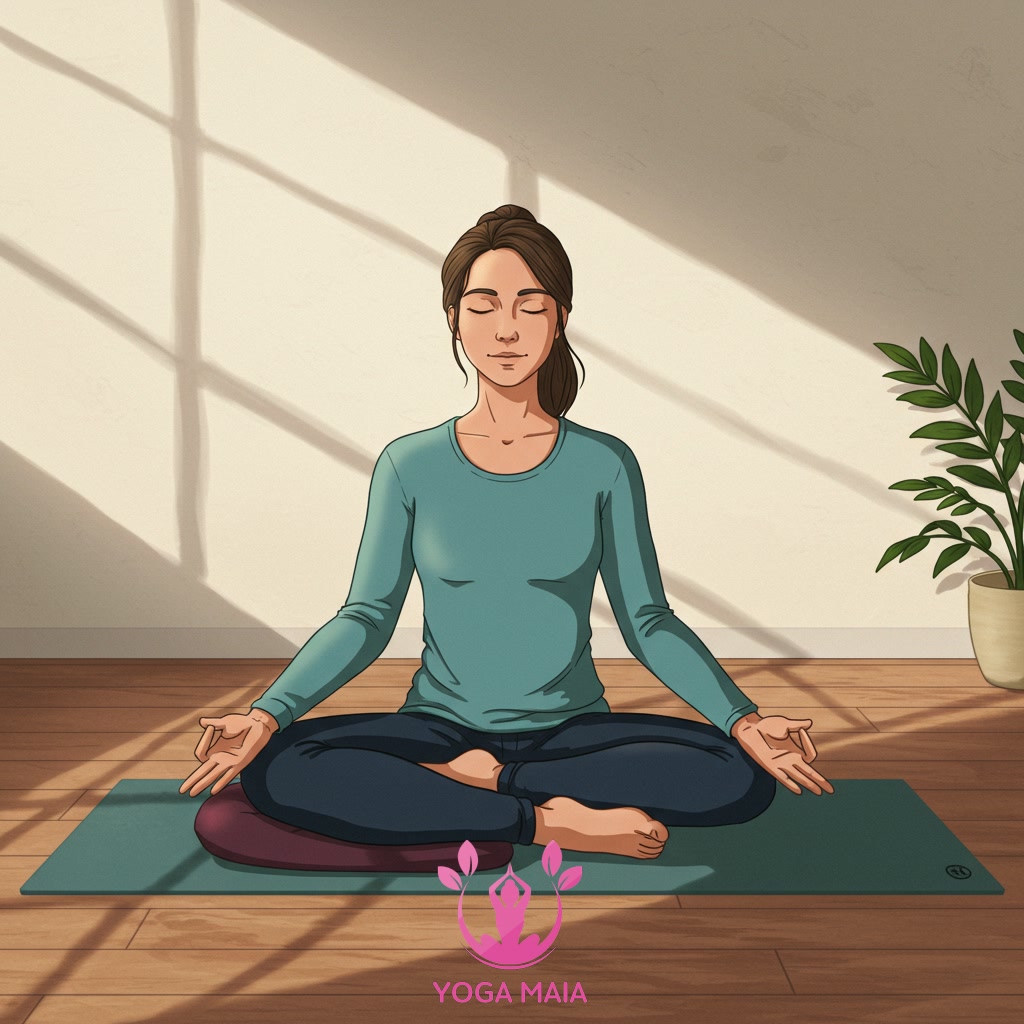 The Foundation: Basic Principles of Breathing Meditation
The Foundation: Basic Principles of Breathing Meditation
Section 3: Essential Breathing Techniques for Calm and Focus
Building upon the foundation of conscious breath awareness, essential breathing techniques offer tangible methods to cultivate calm and sharpen focus, particularly beneficial during yoga practice. One fundamental technique is deep, diaphragmatic breathing, where the belly expands on the inhale and contracts on the exhale, promoting relaxation by activating the parasympathetic nervous system. Another key practice is Ujjayi breath, often called ‘victorious breath,’ created by slightly constricting the back of the throat, producing a soft oceanic sound. This audible and physical connection to the breath serves as an anchor, drawing the mind away from distractions and into the present moment on the mat. Mastering these simple yet profound techniques provides a powerful tool for regulating your internal state, enhancing presence, and deepening your connection to each pose and transition in your yoga journey.
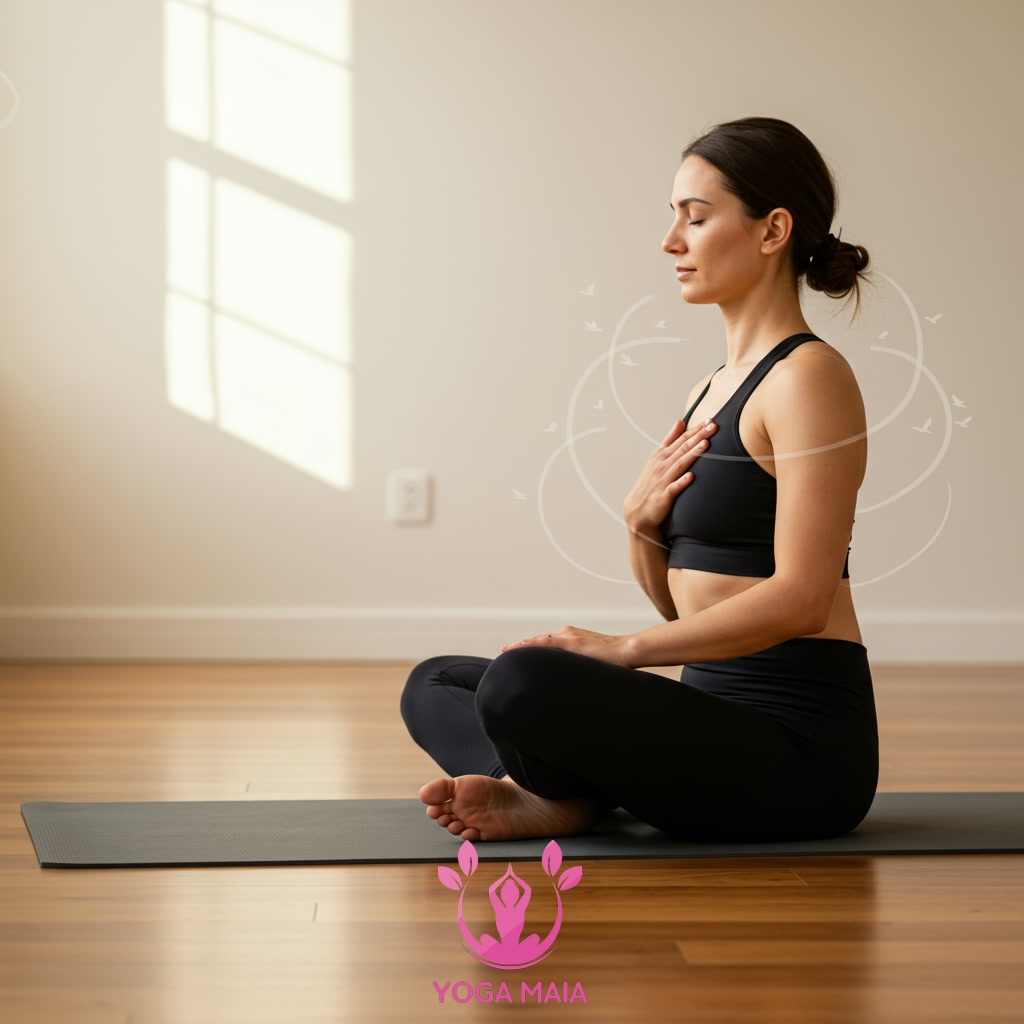 Essential Breathing Techniques for Calm and Focus
Essential Breathing Techniques for Calm and Focus
Section 4: Integrating Breathing Meditation into Your Yoga Practice
Building upon the foundation of conscious breath awareness, integrating essential breathing techniques directly into your yoga practice transforms it from mere physical exercise into a profound moving meditation. This involves consciously linking your breath to each movement and posture. As you inhale, perhaps extend or prepare; as you exhale, fold or deepen. For static holds, use your breath to find stillness and presence within the pose, softening areas of tension on the exhale and finding length or stability on the inhale. This deliberate synchronization cultivates a powerful focus, anchoring your mind firmly in the present moment on the mat. By consciously directing your breath, you navigate challenges in poses with greater ease and cultivate a profound sense of inner calm, deepening your connection to both your body and mind throughout your yoga journey.
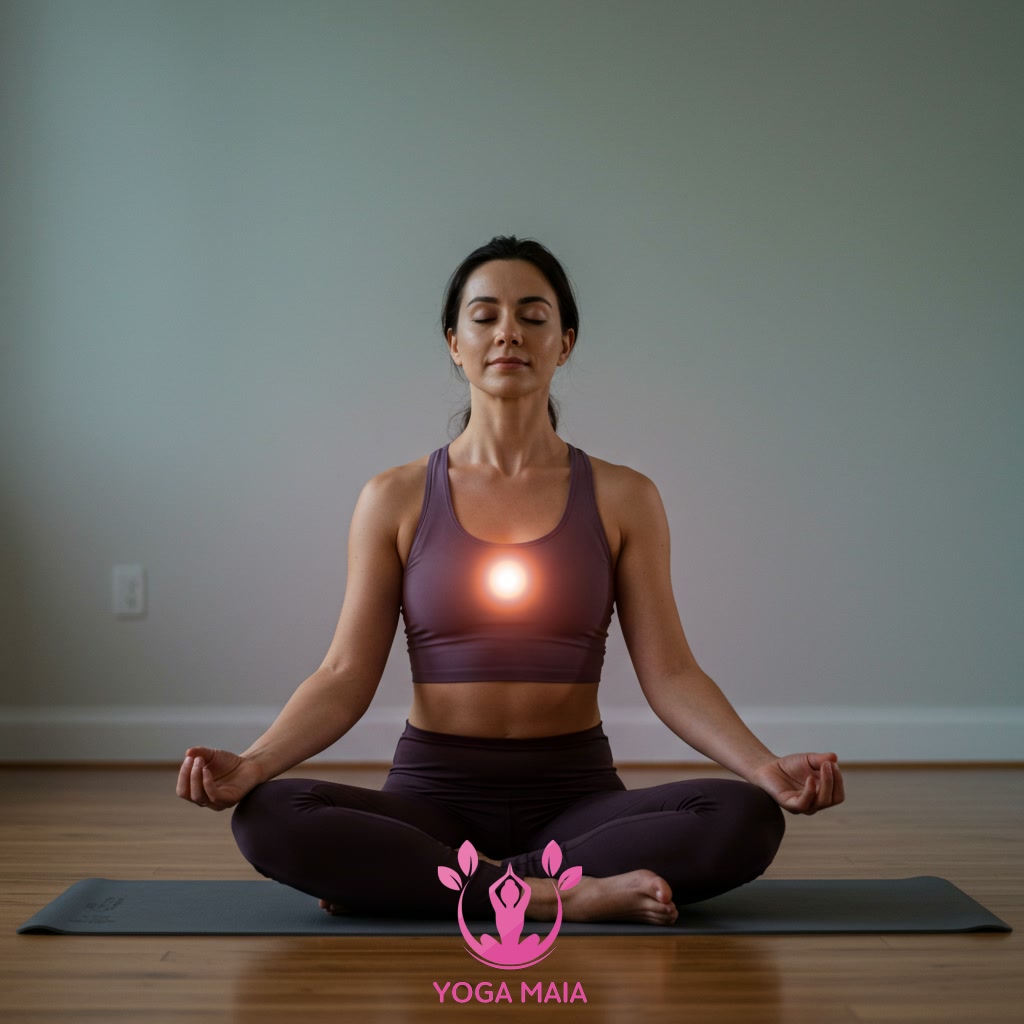 Integrating Breathing Meditation into Your Yoga Practice
Integrating Breathing Meditation into Your Yoga Practice
Section 5: Experiencing the Benefits: Cultivating Calm and Enhancing Focus
Building upon the foundation of conscious breath awareness, integrating essential breathing techniques directly into your yoga practice transforms it from mere physical exercise into a profound moving meditation. As you deliberately link each movement with your inhalation and exhalation, you create a powerful anchor to the present moment. This intentional connection to your breath naturally quiets the incessant chatter of the mind, allowing a profound sense of calm to settle in. Simultaneously, directing your attention solely to the rhythmic flow of breath and movement sharpens your mental focus, enabling you to be fully present on your mat, deepening your poses, and experiencing the subtle shifts within your body and mind with enhanced clarity.
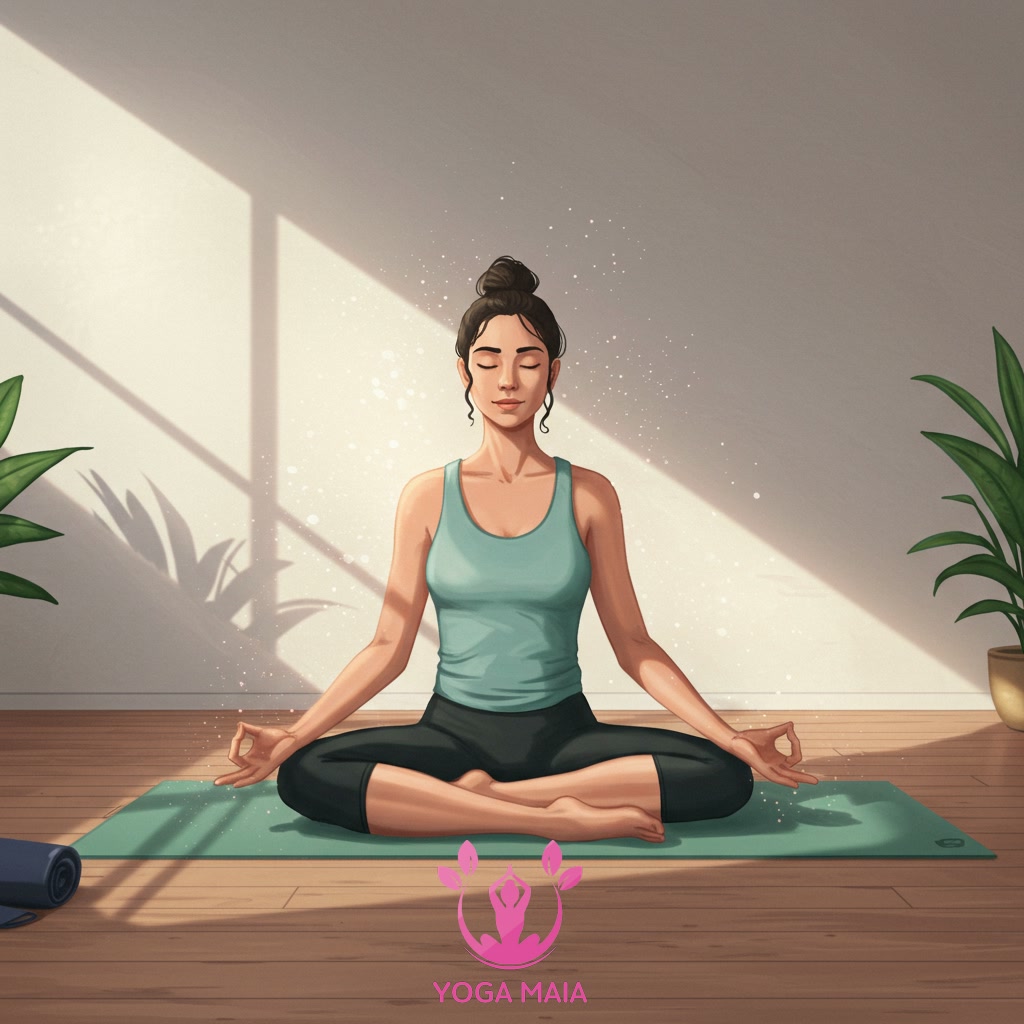 Experiencing the Benefits: Cultivating Calm and Enhancing Focus
Experiencing the Benefits: Cultivating Calm and Enhancing Focus
Section 6: Tips for Consistent Practice on Your Yoga Journey
Building consistency in your yoga practice is key to unlocking its full benefits, extending the calm and focus cultivated through breath awareness beyond individual sessions. Start by committing to short, regular sessions – even 10-15 minutes daily is more effective than one long session weekly. Find a dedicated space, however small, free from distractions, signaling to your mind it’s time to practice. Schedule your yoga like any other important appointment, making it a non-negotiable part of your routine. Remember to be patient and compassionate with yourself; some days will be easier than others. Connecting your practice to the feeling of enhanced calm and improved focus can serve as powerful motivation to stay on your mat consistently.
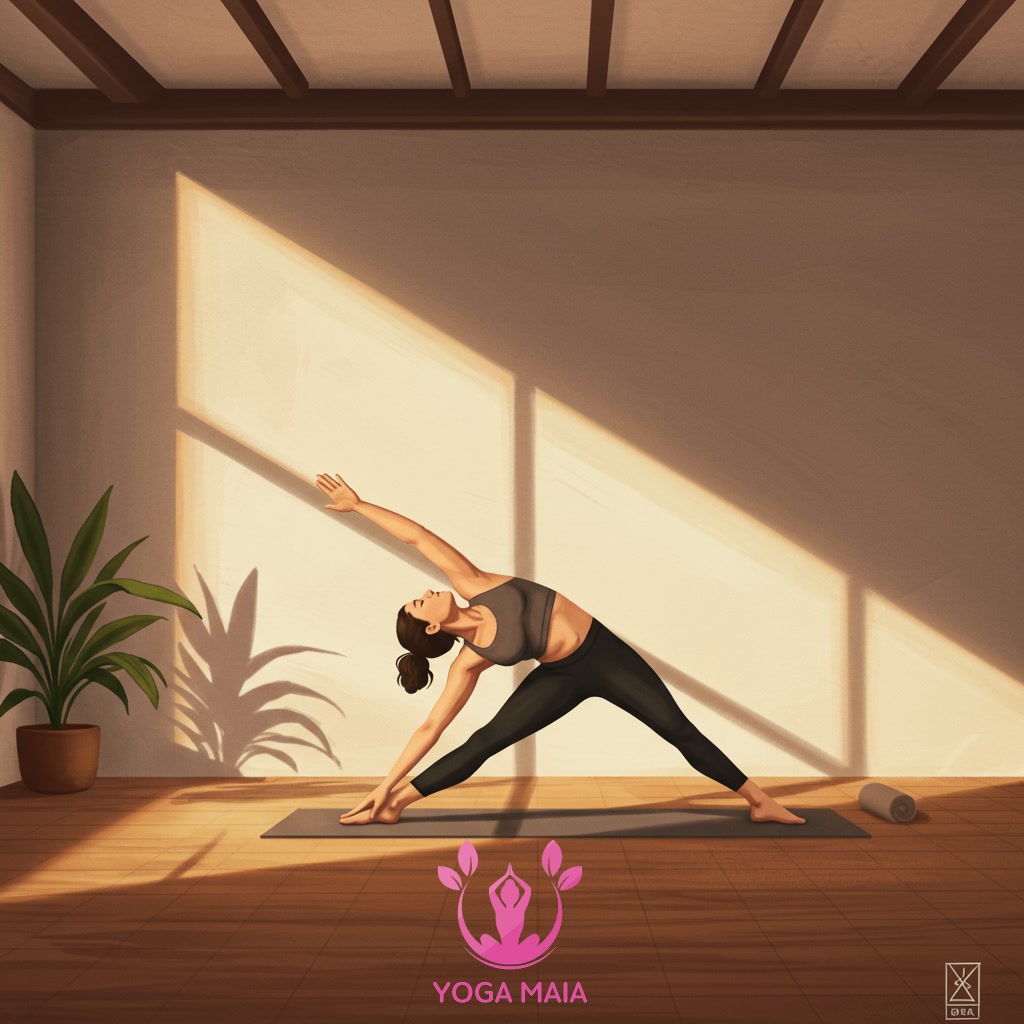 Tips for Consistent Practice on Your Yoga Journey
Tips for Consistent Practice on Your Yoga Journey












